Plant-Based Textile Innovations Changing the Fashion Industry

Once upon a time, I was a fast fashion addict. But over the past few years, I have been dedicated to purchasing clothing made from natural fibers (unless thrifted). Here’s why:
-
- Better for the environment. Natural fibers biodegrade creating little to no impact on the environment. They also don’t leach microplastics into our waterways through washings.
- Better for your health. Ultimately synthetic fibers come from oil, which could adversely affect the skin.
- Better investment. The fast fashion industry has been producing cheap clothing that isn’t made to last. Natural fibers can hold up much longer with proper care.
Synthetic fibers could also be called plastic fibers. They are derived from petroleum or petrochemicals and wreak havoc on our ecosystems if not disposed of properly, and even then, they never truly decompose. Some common synthetic fibers are polyester, acrylic, nylon, and spandex. Even recycled plastic (like post-consumer water bottles) turned into fiber is the wrong choice for the fashion industry. Please read: 3 Reasons Fashion Should Be Plastic-Free (Including Recycled Plastic) for more information. However, I do think that recycled polyester over virgin polyester is always a better choice.
Affiliate Disclaimer
This website is supported by its audience and contains affiliate links. An affiliate link means I may earn advertising or referral fees at no extra cost to you if you make a purchase through these links. (read more)
8 Fiber Innovations
These up and coming fibers are game-changers for sustainable fashion. They are natural, vegan fibers that can replace animal and synthetic leather. You’ll be seeing more of these as development continues.
KOMBUCHA LEATHER
vegan
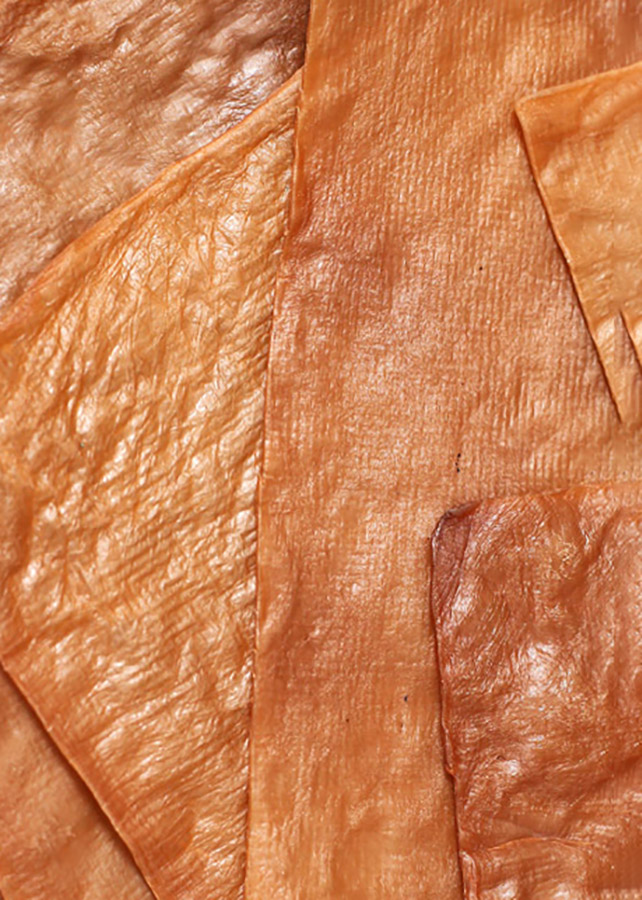
Kombucha leather is made of the same sludgy symbiotic culture of bacteria and yeast that makes the famous fermented tea drink. The slimy culture can be dried, then softened with coconut oil to create a fabric similar to leather in look and feel. When the material is at the end of its life it can be composted.
MICROSILK
vegan
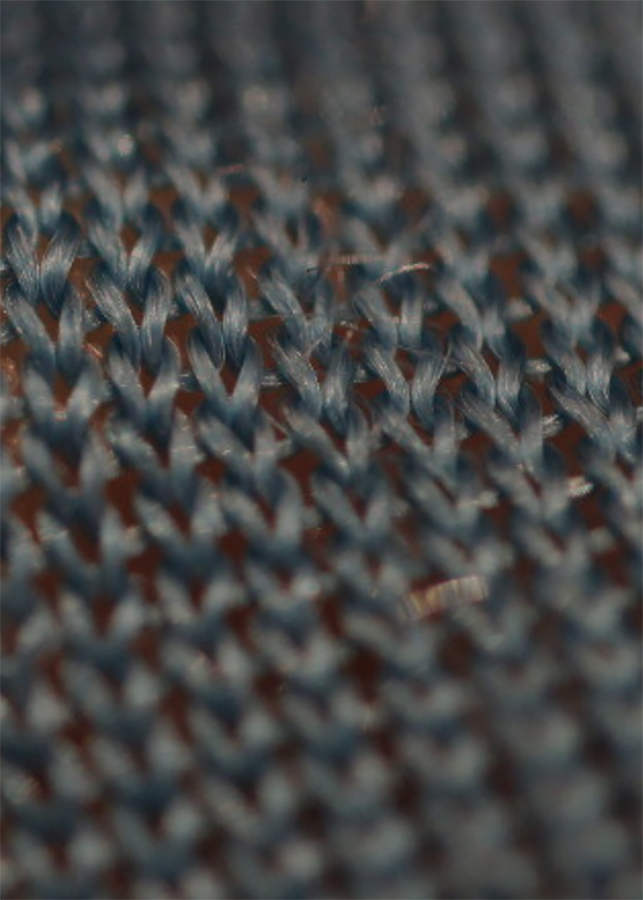
A high-performance textile spun from the same proteins as a spider’s web and created using biology, fermentation, and traditional textile production. The main input of this fiber-making process is sugar from plants that are grown, harvested and replanted. It’s a durable fiber with elasticity and softness. Learn more here.
MYCOWORKS
vegan
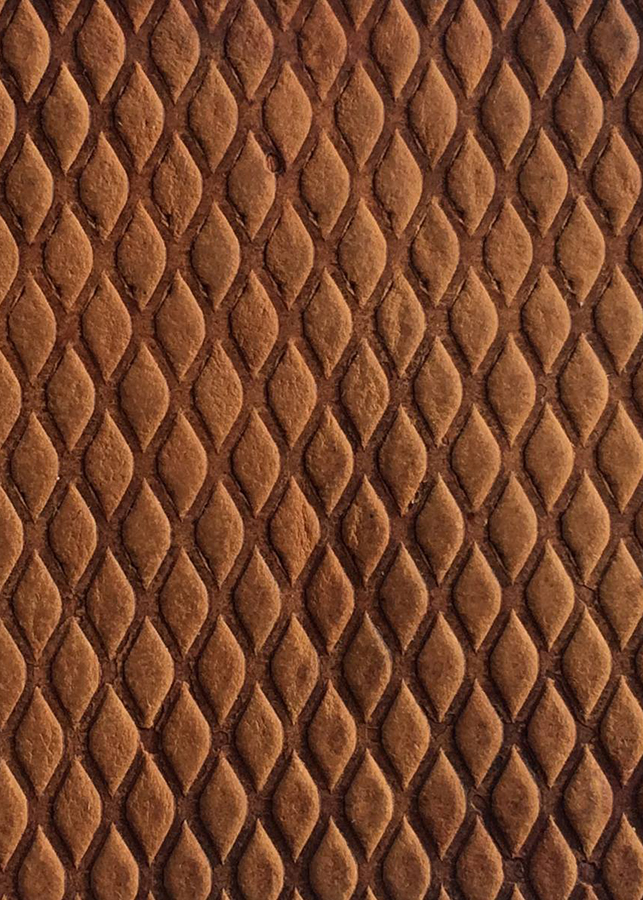
MycoWorks turns mycelium, a vegetative part of a fungus, and agricultural byproducts into leather. It’s uniquely customizable because they can grow textures and other features right into the material. It feels and performs like leather, it’s even water resistant. Learn more here.
MUSKIN
vegan
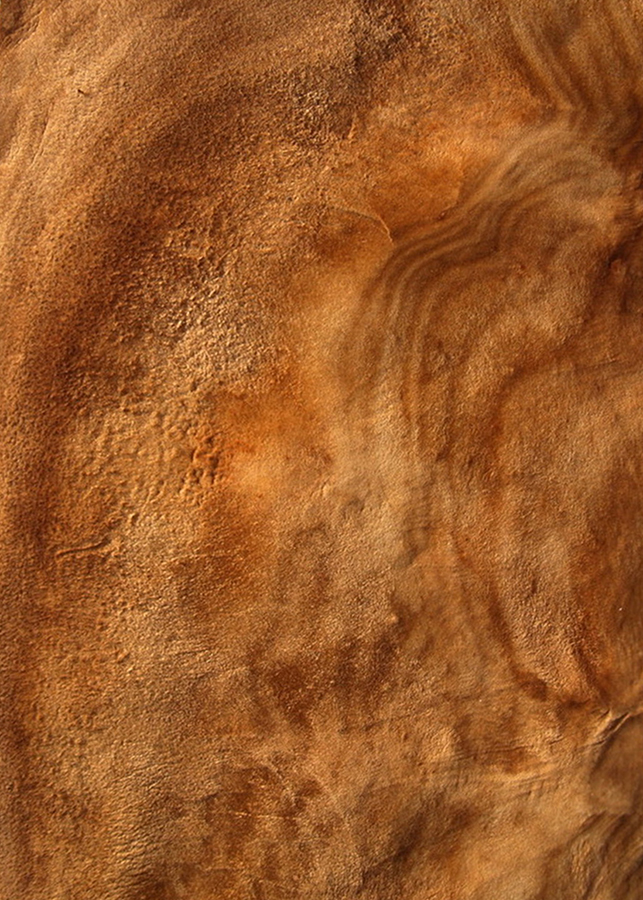
MYLO
vegan
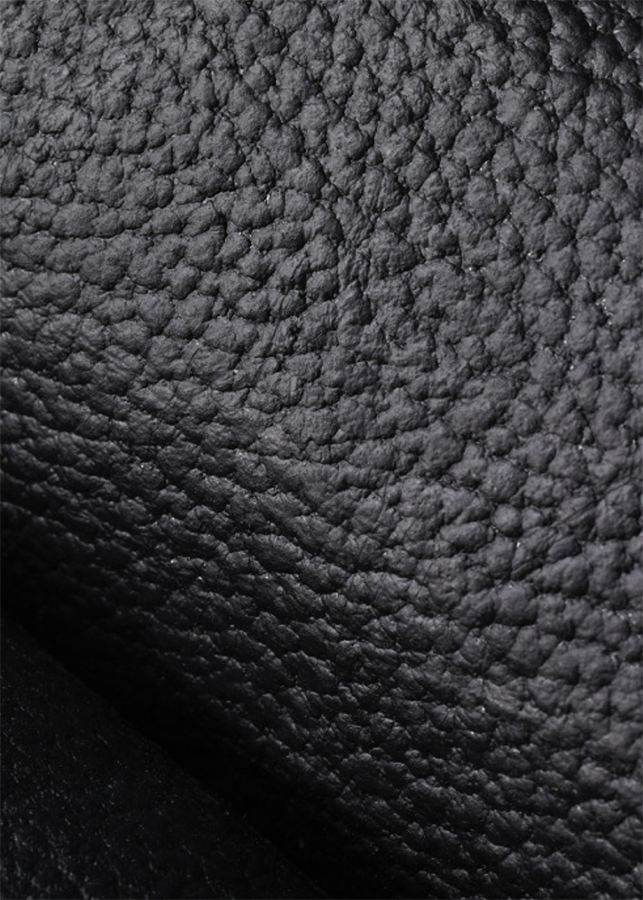
A revolutionary material that looks,
PIÑATEX
vegan
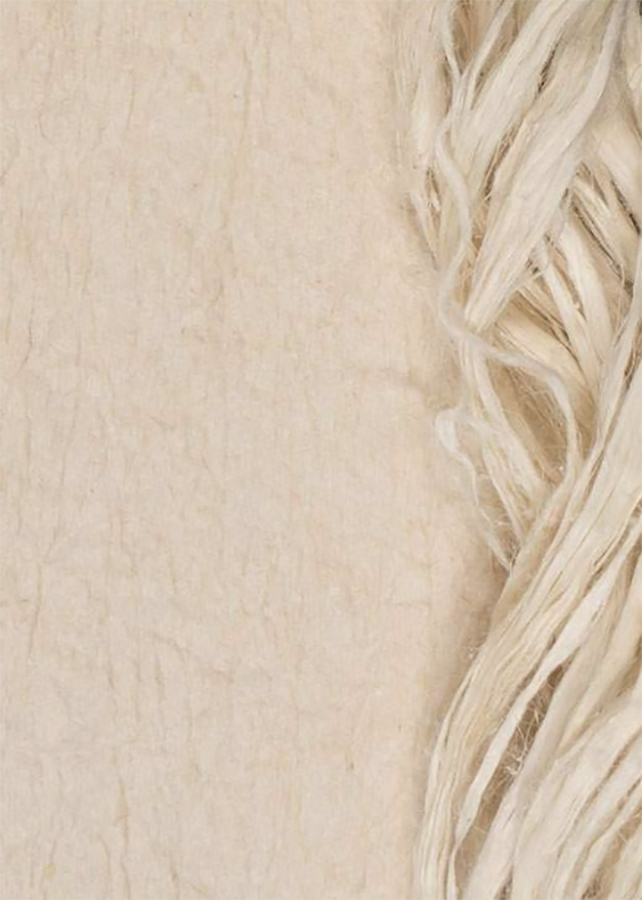
The base of Piñatex is a byproduct of pineapple harvesting – the leaves. Their new
SEACELL
vegan
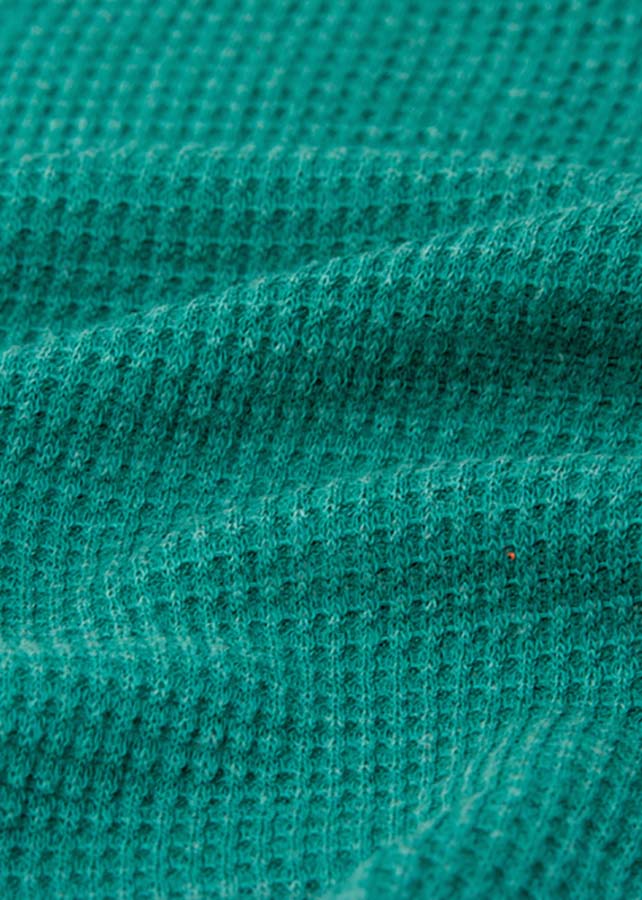
ZOA (BIOFABRICATED)
vegan
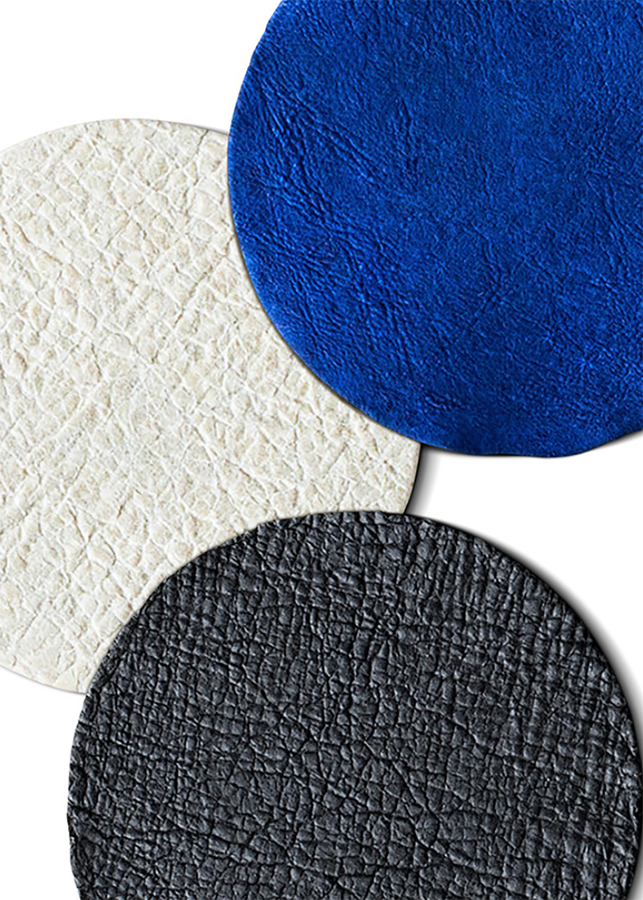
Zoa is the first biofabricated materials brand from Modern Meadow. It is able to be any density, hold to any mold, create any shape or size, take on any texture, and combine with any other material. Cells are designed at the DNA level to create micro-organisms that produce the proteins needed. Through fermentation, the cells are multiplied into billions of collagen-producing cell factories. These collagen proteins become the building blocks of the material. Learn more here.
Traditional Plant-Based Fibers
ORGANIC COTTON
vegan
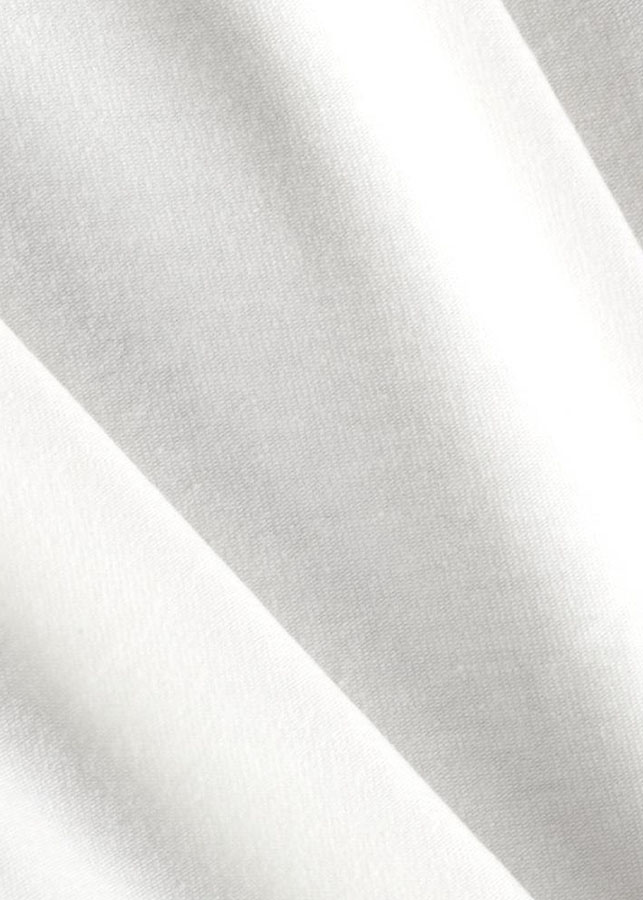
The most popular natural fiber comes from the hairs of seeds on the cotton plant. Cotton becomes a material that is naturally soft, breathable, and easy to wash, hence why it is the most popular! Organic cotton can take as little as 1-5 months to completely degrade.
FLAX (LINEN)
vegan
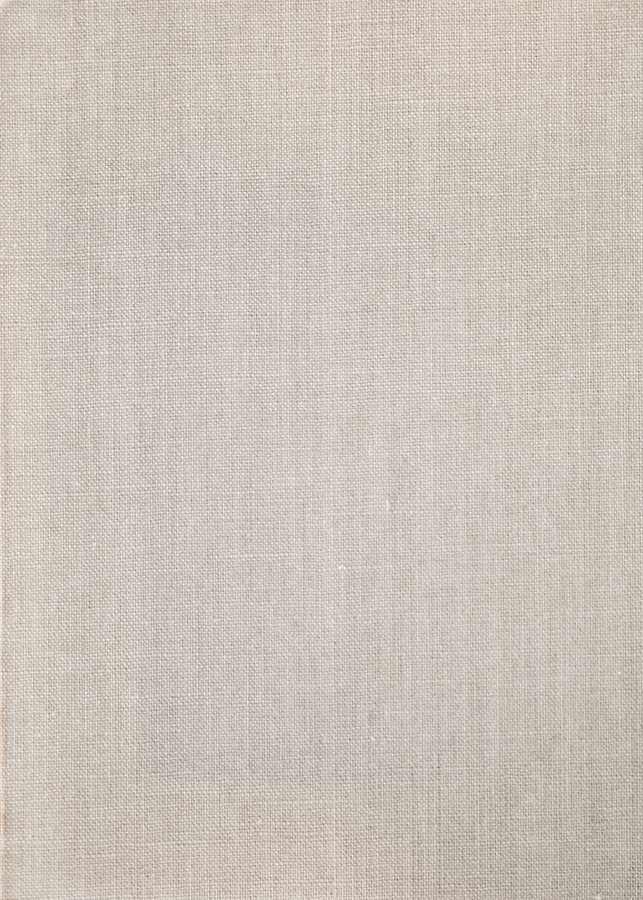
Flax, one of the oldest cultivated plants in human history, creates linen. The fibers are taken from inside the plant’s stem, a process that requires rotting the plant and stripping away the stem’s exterior. Linen is good for warm weather because of its ability to absorb water quickly, however, it does wrinkle easy. Fun fact, the oldest garment in the world is made of linen. This material can take as little as just a couple weeks to completely decompose.
HEMP
vegan

Potentially one of the first natural fibers used in history according to archaeologists findings in 8000 BCE. Hemp might be the best, it uses less water than cotton, yields more crops, and is easy to manage (doesn’t need herbicides or pesticides). It also cleans and rejuvenates the soil. Hemp is a very durable, strong fabric. It’s one downfall is that it easily wrinkles.
BAMBOO
vegan
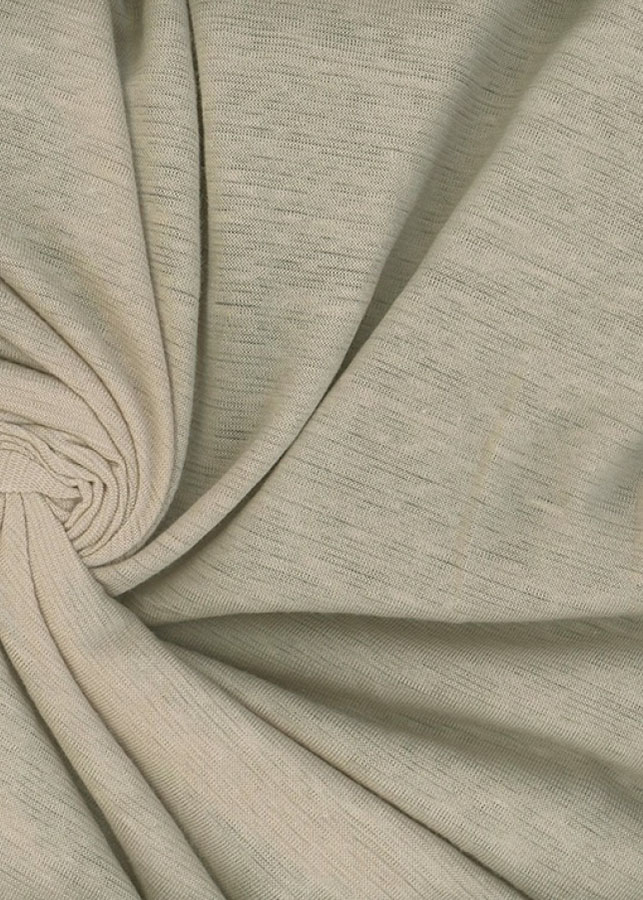
Bamboo plants create a soft, antibacterial fabric. However, not all bamboo fabric is created equal. Bamboo rayon or bamboo viscose are produced more like synthetic fabric that undergoes heavy chemical processes to create the material. A much better choice is bamboo linen, which requires minimal pretreatment and has a high affinity for dyes. This is less popular because it is more labor intensive and costly. Bamboo fibers made from the lyocell process are also a better choice.
LYOCELL (TENCEL)
vegan
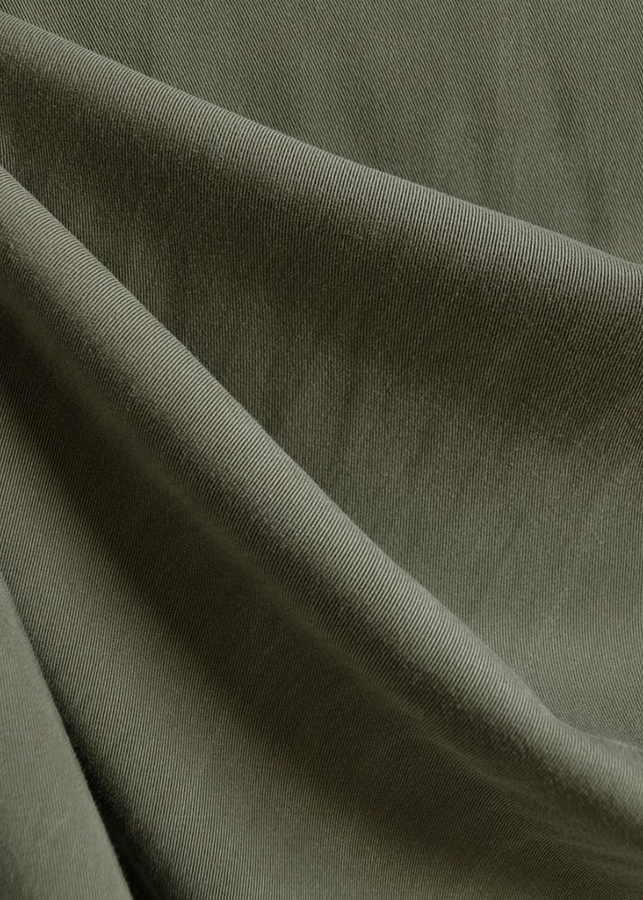
More of a semi-natural fiber, Lyocell, or commonly known as the brand-name Tencel, is made of cellulosic fibers from dissolving pulp (bleached wood pulp), a natural component of all plants. It is one of the most eco-friendly manufacturing processes of all fabrics. Lyocell has a unique moisture absorption ability, which makes it breathable, soft, and less prone to wrinkles.
LENPUR
vegan
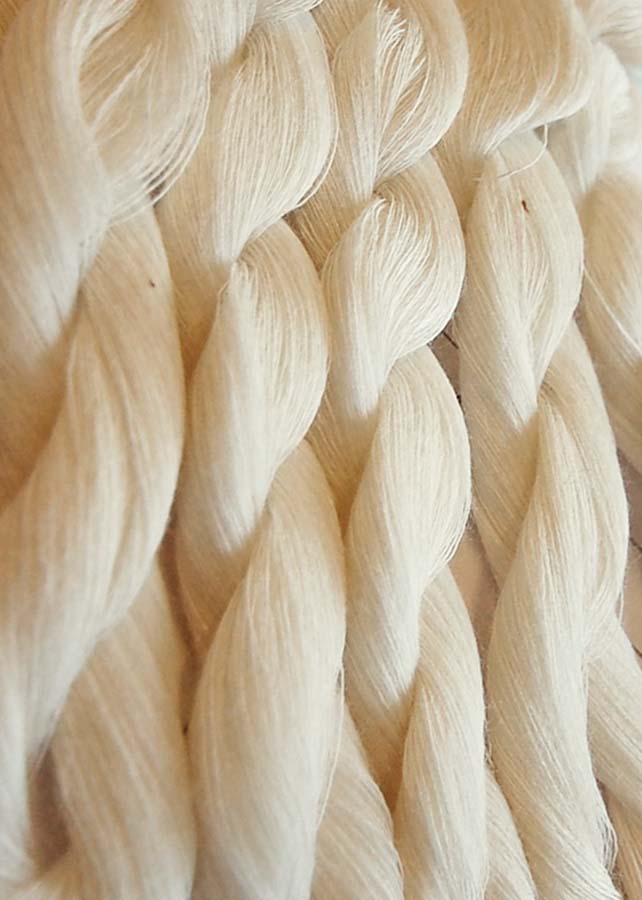
Lenpur is a biodegradable fabric made from white pine tree clippings. It “offers the comfort of silk, the touch of cashmere and the lightness of linen.” It is a step above other cellulose fibers due to its softness, absorption capacity, ability to release dampness, and ability to sustain a higher thermal range keeping you cooler in the summer and warmer in the winter.
SOYSILK
vegan
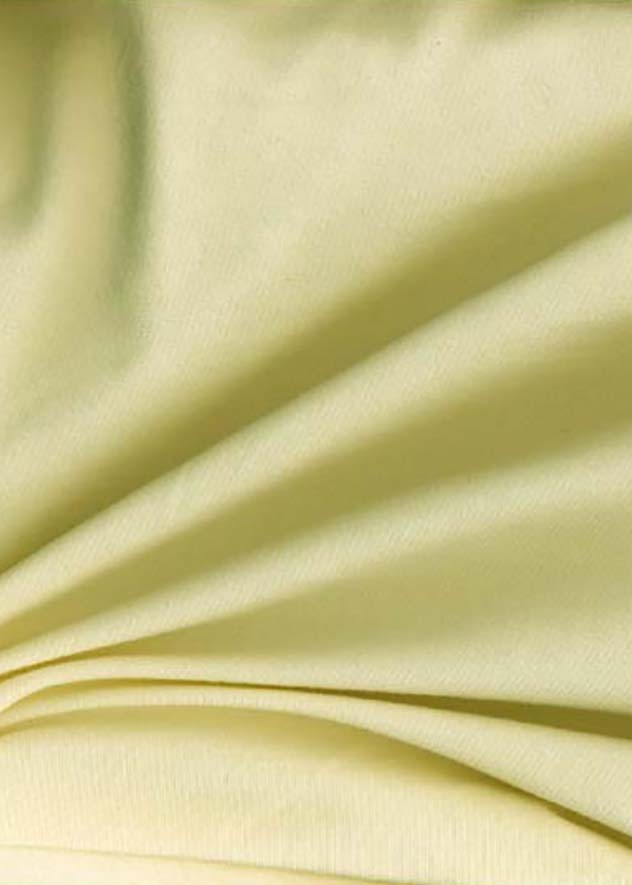
Soysilk (also known as vegetable cashmere) is made from soybean waste started being manufactured in the 1940s. Soy protein is liquefied and then stretched into long, continuous fibers that are cut and processed like any other spinning fiber. Soy has a high protein content, therefore the fabric is very receptive to natural dyes. When blended with other natural fibers, such as cotton, the soy silk adds a smooth silky quality while the other fiber improves the strength.
CORK FIBER
vegan
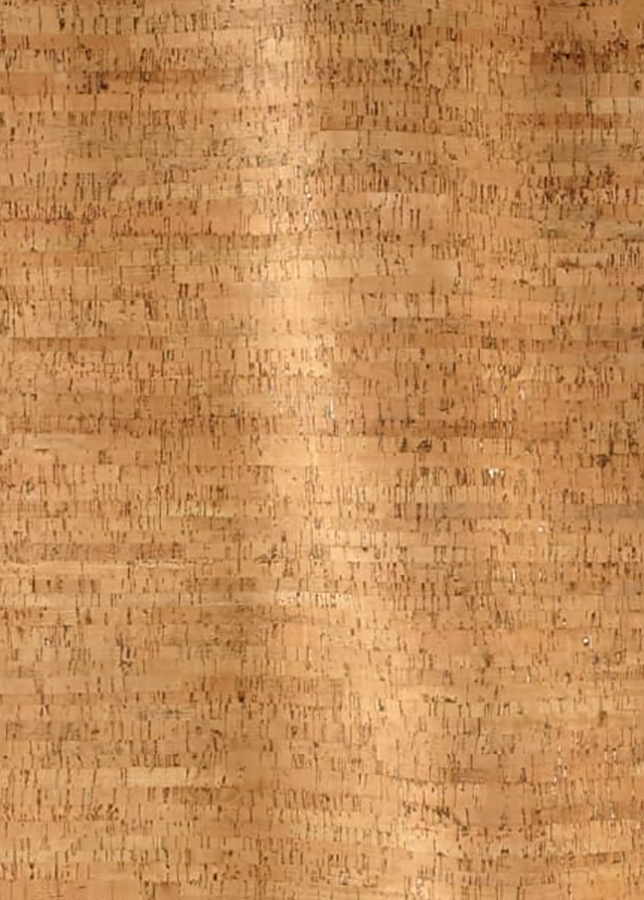
Cork fiber is harvested from the bark of a specific oak tree that naturally regrows its bark, making it a highly renewable resource. It’s lightweight and naturally insulating which is ideal in the textile industry especially for outerwear and activewear.
NETTLE FABRIC
vegan
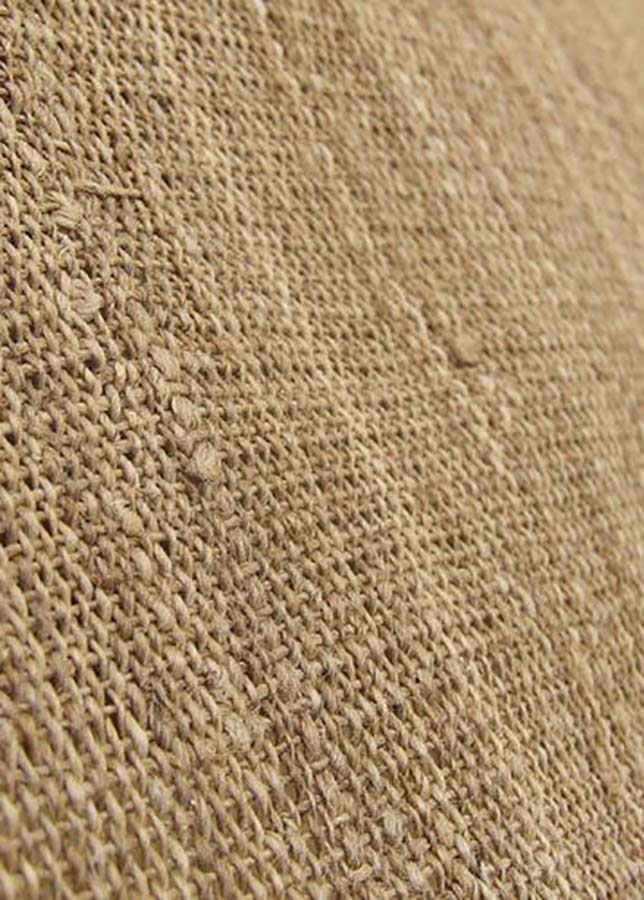
A lustrous fabric derived from the nettle plant. The fabric is made from the fibers within the stalks of the plant, not the barbs on the outer surface of the plant. Nettles have actually been used in food, fabrics and even medicine as far back as the 16th century. The plant grows almost uncontrollably making it highly renewable. Its related to flax and hemp, and can be used to produce a fine linen cloth, much stronger than linen and even increases strength when wet. It also blends nicely with other fibers and can help add softness and increase longevity.
JUTE
vegan
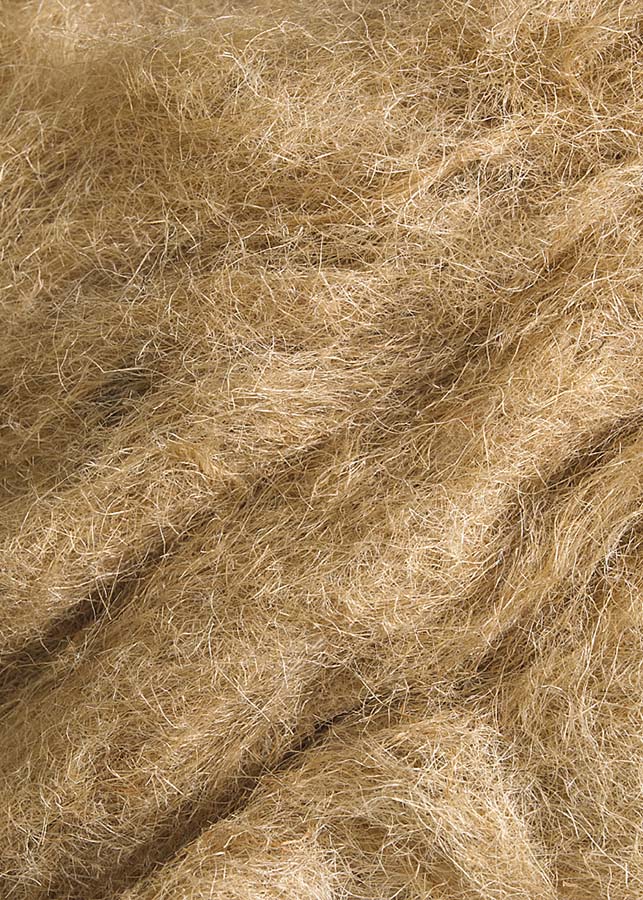
Jute is a long, soft, shiny vegetable fiber that can be spun into coarse, strong threads. You will mostly find jute sackcloth or in things like rugs and curtains, not likely in clothing.
COIR
vegan
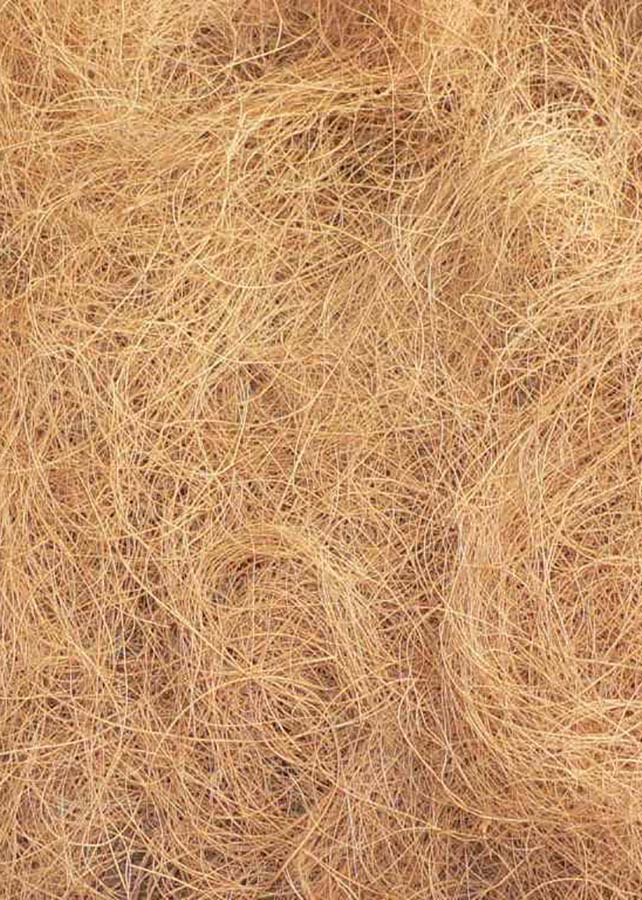
Coir is extracted from the husk of coconuts. It is used in floor mats, doormats, brushes, and mattresses because of its very coarse texture.
RELATED POST: Slow Fashion Brands: 100+ Labels to Love
⊙

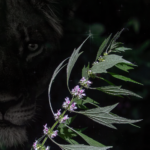



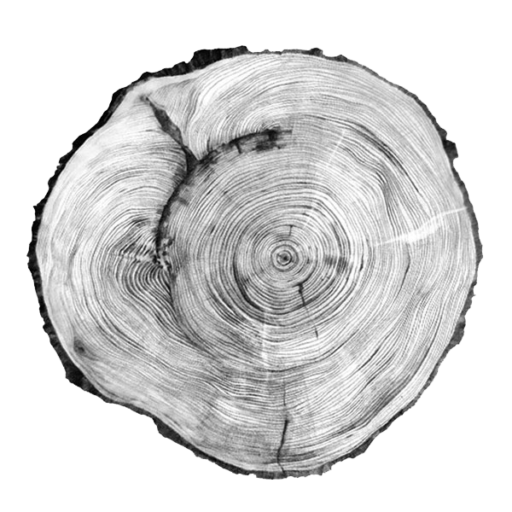
I love learning about innovative plant alternatives to traditional animal based fabrics. It’s amazing what nature can do! Have you heard of apple skin leather? I’ve seen it used for shoes. We use banana fiber fabrics – an alternative to silk – for our clothing line. Please check us out @ shopvalani.com.